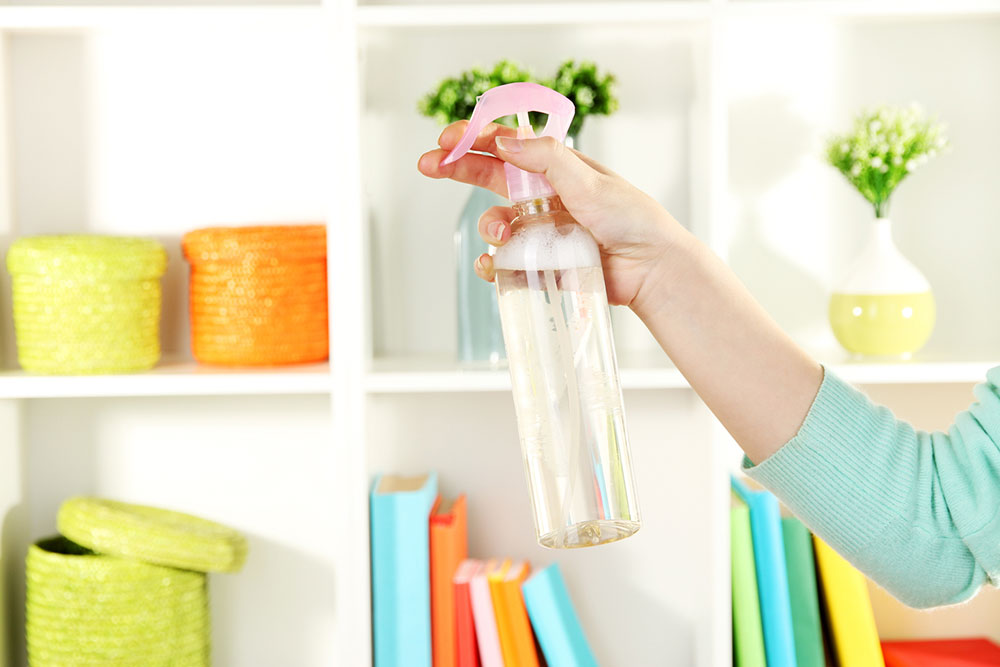4 household products that may harm the lungs and cause COPD

People often purchase humidifiers, carpets, and other products to keep their homes clean and fresh. However, not all of these are as harmless as they seem. Some household products can lead to lung conditions like chronic obstructive pulmonary disease (COPD) when not handled or used correctly. Therefore, one must take every precaution to protect one’s respiratory well-being. Here are a few household products that can harm the lungs and increase the risk of COPD.
Humidifiers
Humidifiers help moisten dry indoor air and relieve respiratory symptoms and dry skin. However, they can become breeding grounds for harmful bacteria and mold if not cleaned regularly. When turned on, the machine can release these pathogens into the air, which one may inhale. Studies suggest inhaling mold may worsen breathlessness and related COPD symptoms. Therefore, those diagnosed with or at risk of this condition should clean the humidifier regularly by following the manufacturer’s instructions. Experts also suggest using distilled water to minimize the risk of contamination.
Flour
While flour is a staple in many kitchens, it can affect lung health when mishandled. When flour is poured or mixed vigorously, fine particles become airborne and can be inhaled. For individuals with sensitivity or allergies, this can lead to respiratory irritation. Furthermore, studies say that flour dust plays a role in the development of COPD. Hence, one should use precautions like wearing a mask and working in a well-ventilated area to reduce the risk.
Candles
Scented candles are great for creating a cozy atmosphere at home. However, when burned, they can release harmful chemicals into the air. Some candles, mainly those made from paraffin wax, may emit toxins that can irritate the respiratory tract. Moreover, they can worsen breathlessness in those with COPD, causing them to breathe harder. Using candles made from natural materials like soy or beeswax and ensuring proper ventilation can minimize the adverse effects on COPD patients.
Carpets
Carpets, while providing comfort underfoot, can harbor allergens that negatively impact lung health. Dust mites, pet dander, and other tiny particles can get trapped in the carpet’s fibers, leading to respiratory issues, particularly in individuals with allergies or asthma. Those with COPD might experience worsening symptoms of wheezing, coughing, and shortness of breath. To reduce the symptoms, COPD patients should vacuum regularly.
Individuals with lung disorders should visit a healthcare professional if they think their symptoms are getting worse with these products. After evaluating the patient, the expert may recommend lifestyle changes and treatments to manage COPD.



